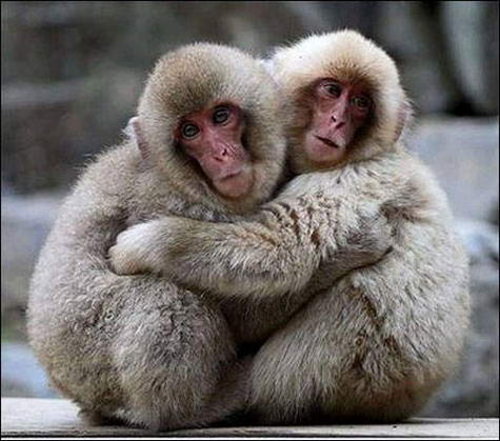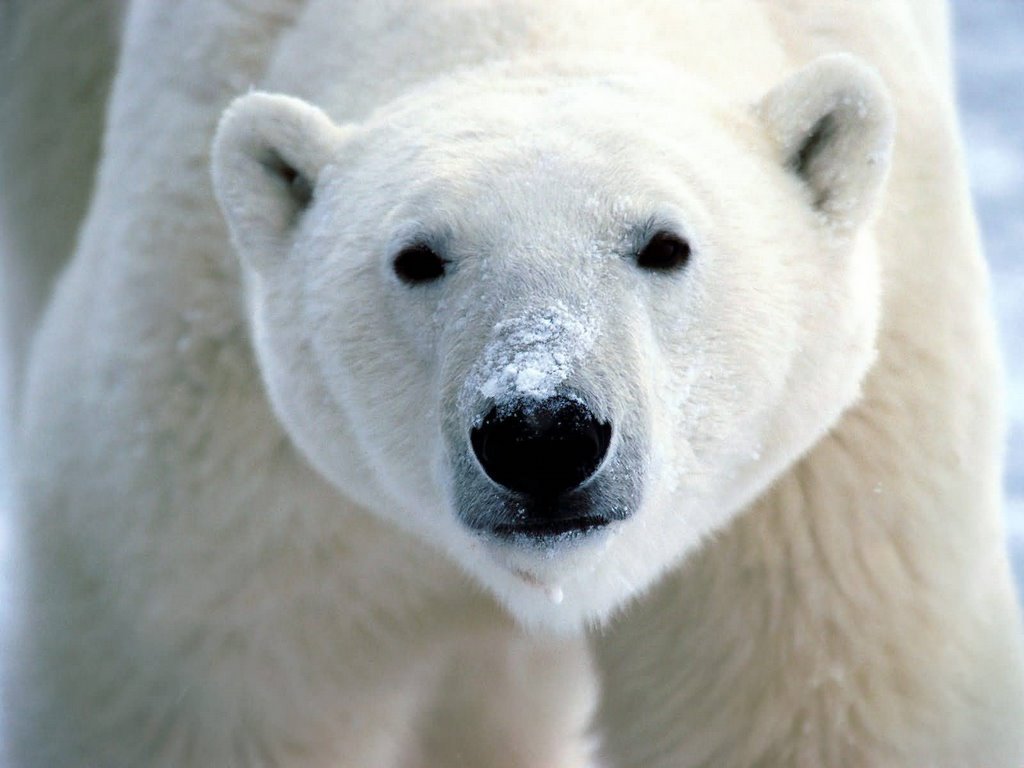Wild Animals Photos Biography
Source (Google.com.pk)











Source (Google.com.pk)
Owls are a group of birds known for their distinct calls, nocturnal habits and silent flight. Owls are familiar to many people because they are often depicted in various ways in popular culture. They rank on par with bats and spiders as the most celebrated of Halloween creatures. Owls also appear as wise and noble characters in many children's stories, including Winnie the Pooh, Mrs. Frisby and the Rats of NIMH and Harry Potter.Here we'll go beyond the myths and the stories of owls to explore ten facts about real-world owls:FACT: There are about 205 species of owls.Owls belong to a group of birds that includes about 205 species. These species are sorted into two basic groups, the barn owls and the true owls.
Barn owls have a heart-shaped face, long legs and powerful talons. Barn owls are medium-sized birds with a wingspan of about 3½ feet. There are 16 species of barn owls, including the greater sooty owl, Australasian grass owl, ashy-faced owl, barn owl and Sulawesi owl.
True owls are more diverse than barn owls, with nearly 190 species in about 23 genera. Some better known true owls include screech owls, horned owls and saw-whet owls. True owls vary in size from the tiny elf owl to the bulky Eurasian eagle owl. True owls have a round facial disc, a short tail and a large head. Their color is muted (consisting of mostly brown, rust, gray, white and black) and their pattern is mottled, helping to conceal them from both predators and prey.The Wildlife in India is a mix of species of different types of organisms.[1] Apart from a handful of the major farm animals such as cows, buffaloes, goats, poultry and sheep, India has an amazingly wide variety of animals native to the country. It is home to tigers, lions,Leopards, pythons, wolves, foxes, bears, crocodiles, rhinoceroses, camels, wild dogs, monkeys, snakes, antelope species, deer species, varieties of bison and not to mention the mighty Asian elephant. The region's rich and diverse wildlife is preserved in 89 national parks, 18 Bio reserves and 400+ wildlife sanctuaries across the country.India has some of the most biodiverse regions of the world and hosts three of the world’s 34 biodiversity hotspots – or treasure-houses – that is the Western Ghats, the Eastern Himalayas and Indo- Burma.[2] Since India is home to a number of rare and threatened animal species, wildlife management in the country is essential to preserve these species.[3] According to one study, India along with 17 mega diverse countries is home to about 60-70 % of the world's biodiversity.[4] India, lying within the Indomalaya ecozone, is home to about 7.6 % of all mammalian, 12.6 % of avian, 6.2 % of reptilian, and 6.0 % of flowering plant species.[5] Many ecoregions, such as the
shola forests, also exhibit extremely high rates of endemism; overall, 33 % of Indian plant species are endemic.[6][7] India's forest cover ranges from the tropical rainforest of the Andaman Islands, Western Ghats, and Northeast India to the coniferous forest of the Himalaya. Between these extremes lie the sal-dominated moist deciduous forest of eastern India; teak-dominated dry deciduous forest of central and southern India; and the babul-dominated thorn forest of the central Deccan and western Gangetic plain.[8] Important Indian trees include the medicinal neem, widely used in rural Indian herbal remedies. The pipal fig tree, shown on the seals of Mohenjo-daro, shaded the Gautama Buddha as he sought enlightenment.Many Indian species are descendants of taxa originating in Gondwana, to which India originally belonged. Peninsular India's subsequent movement towards, and collision with, the Laurasian landmass set off a mass exchange of species. However, volcanism and climatic change 20 million years ago caused the extinction of many endemic Indian forms.[9] Soon thereafter, mammals entered India from Asia through two zoogeographical passes on either side of the emerging Himalaya.[8] As a result, among Indian species, only 12.6 % of mammals and 4.5 % of birds are endemic, contrasting with 45.8 % of reptiles and 55.8 % of amphibians.[5] Notable endemics are the Nilgiri leaf monkey and the brown and carmine Beddome's toad of the Western Ghats. India contains 172, or 2.9 %, of IUCN-designated threatened species.[10] These include the Asiatic lion, the Bengal tiger, and the Indian white-rumped vulture, which suffered a near-extinction from ingesting the carrion of diclofenac-treated cattle.
Wild Animals Photos Photos Pictures Pics Images Wallpapers

Wild Animals Photos Photos Pictures Pics Images Wallpapers

Wild Animals Photos Photos Pictures Pics Images Wallpapers

Wild Animals Photos Photos Pictures Pics Images Wallpapers

Wild Animals Photos Photos Pictures Pics Images Wallpapers

Wild Animals Photos Photos Pictures Pics Images Wallpapers

Wild Animals Photos Photos Pictures Pics Images Wallpapers

Wild Animals Photos Photos Pictures Pics Images Wallpapers

Wild Animals Photos Photos Pictures Pics Images Wallpapers

Wild Animals Photos Photos Pictures Pics Images Wallpapers

Wild Animals Photos Photos Pictures Pics Images Wallpapers

Wild Animals Photos Photos Pictures Pics Images Wallpapers
No comments:
Post a Comment